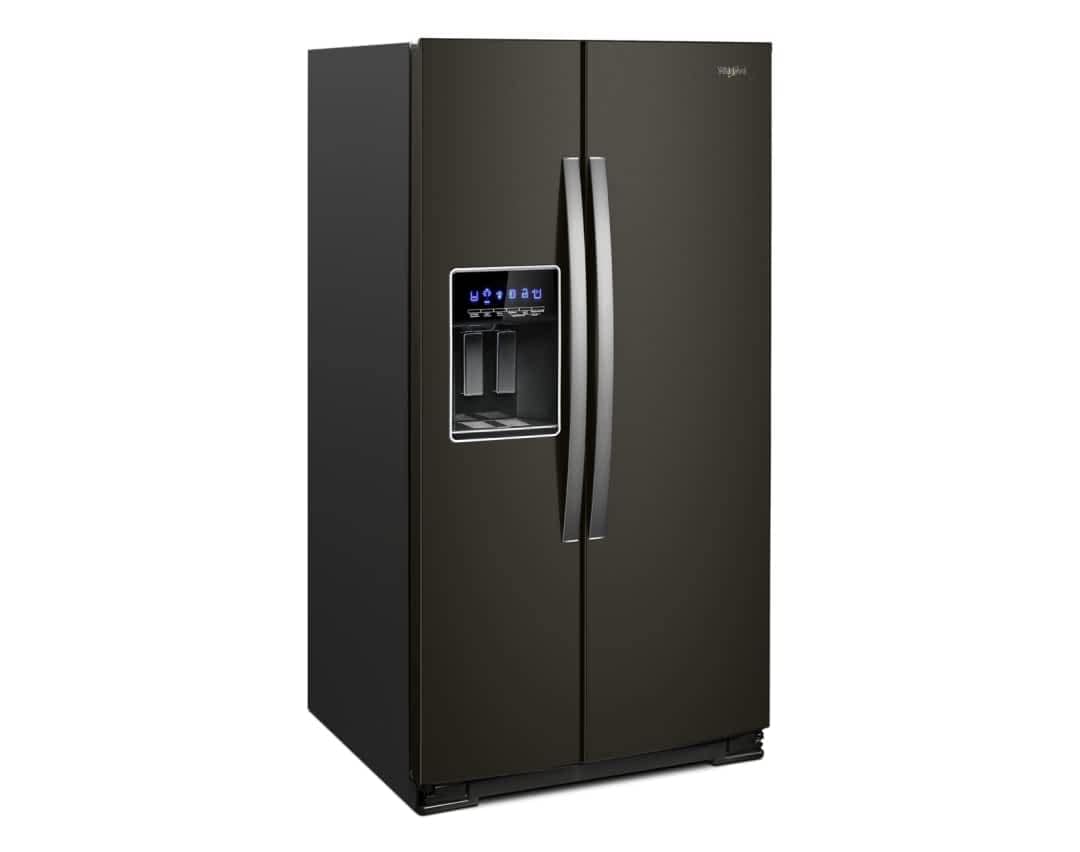When your Whirlpool fridge isn’t cooling but the freezer works perfectly, it can be both confusing and frustrating. This common issue often has a few potential causes, and diagnosing the problem can save you from food spoilage and costly repairs. Here at TheKitchenApplianceDad.com, we’re here to help you understand why this happens and how you can fix it.
Blocked Air Vents
The fridge and freezer compartments in most refrigerators share the cold air generated by the same cooling system. The cold air flows from the freezer into the fridge compartment through air vents. If these vents are blocked by food items or ice buildup, it can prevent air from circulating properly, leading to a warm fridge.
Solution: Ensure that the vents inside the freezer and fridge are not blocked. Rearrange items if necessary and remove any ice buildup that might be obstructing the vents.

Evaporator Fan Issues
The evaporator fan is responsible for circulating cold air from the freezer into the fridge. If this fan is faulty or not running, the cold air won’t make it into the refrigerator compartment, causing the temperature to rise.
Solution: Listen for the fan running in the freezer section. If you can’t hear it or it sounds unusual, it might need to be replaced. You can find replacement parts online or contact a professional for help.
Problems with the Defrost System
A malfunctioning defrost system can lead to ice buildup on the evaporator coils, which can block the flow of cold air to the fridge. This is more likely if you notice a thick layer of frost in the freezer compartment.
Solution: Check the defrost heater, timer, and thermostat. These components can be tested with a multimeter and replaced if they are not functioning properly.
Incorrect Thermostat Settings
Sometimes, the issue might be as simple as the temperature settings. If the thermostat in your fridge is set too high, it won’t cool adequately.
Solution: Ensure the thermostat for both the fridge and freezer is set correctly according to the user manual. A typical recommended setting is around 37°F for the fridge and 0°F for the freezer.
Worn Out Seals
If the seals around the fridge doors are worn out, warm air can enter the fridge, affecting its internal temperature. This is often overlooked but can lead to significant cooling problems.
Solution: Inspect the seals for any signs of wear or damage. Clean them with a mild detergent and replace them if necessary to ensure they are sealing properly.
Component Failures
Other component failures, such as a malfunctioning control board or a broken temperature sensor, can also lead to inadequate cooling.
Solution: These components require a bit more technical expertise to diagnose and repair. It might be best to consult with a professional technician who can provide a more precise diagnosis and replace faulty parts.
To avoid future issues with your Whirlpool refrigerator not cooling properly while the freezer works, consider these preventive measures:
If you’ve tried all the above solutions and your Whirlpool fridge still isn’t cooling properly, it might be time to call in a professional. You can contact Whirlpool’s customer service or find a certified appliance repair technician. They can provide more specialized diagnostics and repairs that ensure your fridge returns to optimal functioning.
By understanding these key factors and maintaining regular checks, you can prevent many common issues associated with fridge cooling problems. Remember, a little attention goes a long way in extending the life and efficiency of your appliances. Thanks for reading this detailed guide from TheKitchenApplianceDad.com, and here’s to a cooler, more efficient fridge in your future!

